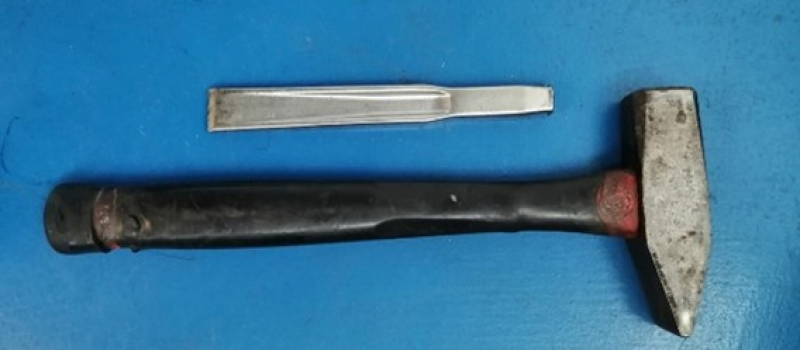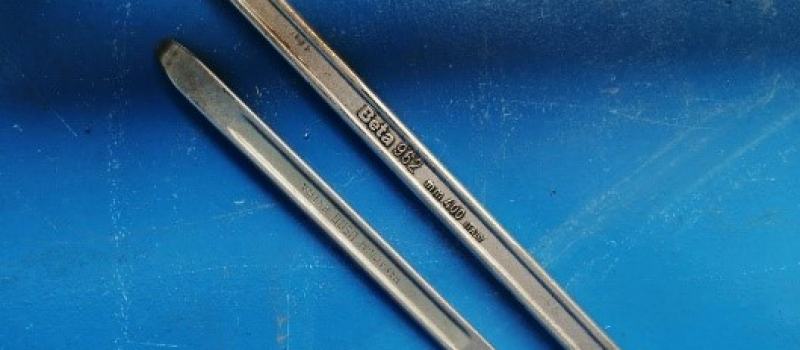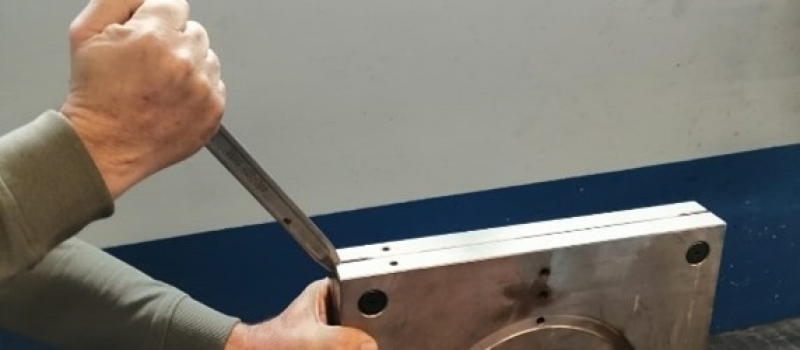Maintenance, together with cleaning, represents 80% of a moulder’s investment for the purchasing of a mould for technical rubber articles. For this reason, it is essential to draw up a customised maintenance plan and to optimise the life of the mould.
In this article we have pulled together 5 questions we frequently receive from our customers.
1-What is the best method to open a mould?
Many moulders mistakenly use a chisel. In fact, this method causes abrasion to the mould’s surface and the resulting material loss could easily produce an increase in the thickness of the final article.

Levers are the right alternative to open the moulds without damaging them, preserving the surface for the next production cycle.


2- What are the typical defects caused by mould wear?
Wear can be the cause of embrittlement in the mould. In fact, a worn-out mould makes the burr too thick on the moulded technical articles and, consequently, causes defects in the final piece.
3- What is the cause of mould deterioration?
Several factors lead to mould deterioration. The variables influencing the results are linked to both the mould and the polymer used.
As far as the mould is concerned, deterioration can depend on:
- The type of steel used;
- The treatment carried out;
- The geometry of the piece;
- The technology adopted (injection or compression moulding).
Additionally, the type of elastomer used can wear out the mould. Some elastomers are very abrasive whilst others are less abrasive.
If we rank materials from the most to least abrasive:
- silicone;
- all light and coloured filler compounds;
- HNBR;
- Viton;
- Vamac;
- EPDM peroxide mixture;
- ACM;
- NBR.
4-How can raw material waste be reduced?
During the moulding of rubber technical articles, it is important to consider the AGE of the mould. In fact, the percentage of waste increases as the number of impressions made increases and, consequently impacts on the degree of mould wear. Chrome-plating is an ideal treatment to reduce waste and to make it easier to detach parts, avoiding tears and/or defects.
5- Are shims an advantage or a disadvantage?
Shims are used to balance the moulding, even if they should not be abused. Indeed, they can provoke a plate deformation. Consequently, it is advisable to use them only when necessary.
These FAQs are only an extract from a guide we will publish soon. It will be a handbook dedicated to all moulders, full of practical advice, and is the result of years of experience in the sector, working directly with our customers. Sign up to our newsletter to receive a preview!


